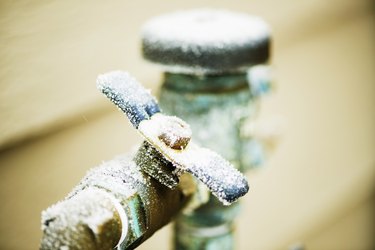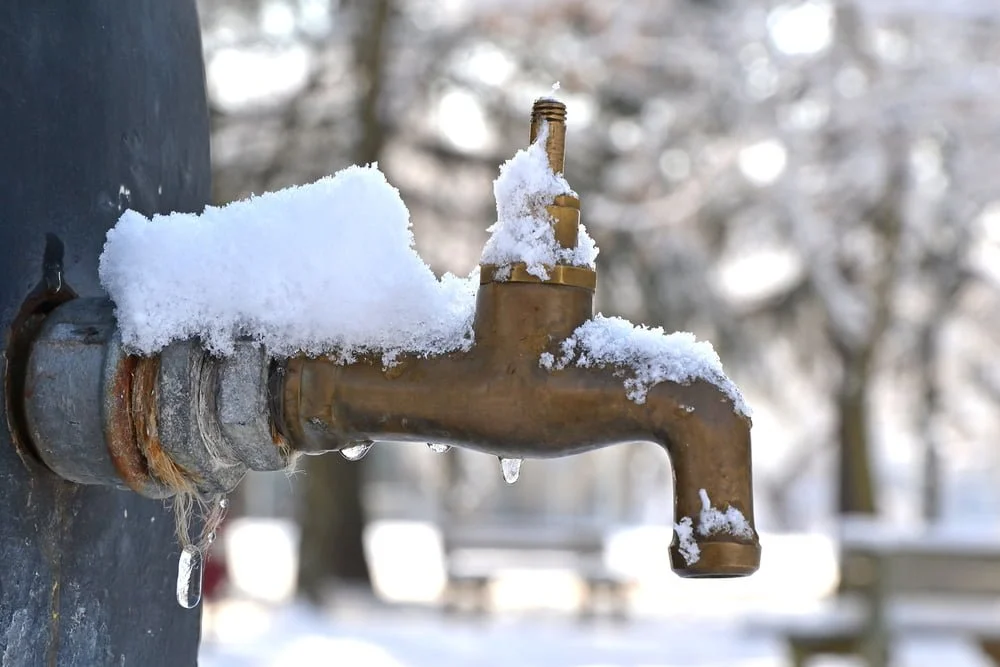How to Protect Your Plumbing from Freezing: Essential Tips
Suggested SiteThe article further down about How To Avoid Freezing Pipes is pretty much compelling. Give it a try and make your own personal findings.

Cold weather can damage your pipes, specifically by freezing pipes. Right here's exactly how to avoid it from taking place and what to do if it does.
Intro
As temperatures decline, the danger of icy pipes boosts, possibly resulting in expensive fixings and water damage. Comprehending how to stop frozen pipelines is important for homeowners in cold climates.
Understanding Frozen Pipes
What creates pipelines to ice up?
Pipelines freeze when revealed to temperatures listed below 32 ° F (0 ° C) for extended periods. As water inside the pipes ices up, it broadens, taxing the pipe walls and potentially causing them to burst.
Risks and problems
Icy pipelines can lead to water disturbances, home damages, and pricey repair work. Burst pipes can flooding homes and trigger considerable architectural damages.
Signs of Frozen Pipes
Determining icy pipelines early can avoid them from rupturing.
How to recognize frozen pipes
Try to find decreased water circulation from faucets, unusual odors or noises from pipes, and visible frost on exposed pipes.
Avoidance Tips
Protecting susceptible pipelines
Wrap pipelines in insulation sleeves or use warmth tape to secure them from freezing temperature levels. Focus on pipelines in unheated or exterior areas of the home.
Home heating methods
Maintain indoor rooms properly heated, especially areas with plumbing. Open closet doors to allow cozy air to flow around pipelines under sinks.
Safeguarding Outside Pipes
Garden tubes and outside faucets
Disconnect and drain pipes yard hoses before wintertime. Set up frost-proof spigots or cover exterior faucets with shielded caps.
What to Do If Your Pipelines Freeze
Immediate activities to take
If you think icy pipelines, keep faucets open to soothe stress as the ice thaws. Utilize a hairdryer or towels soaked in warm water to thaw pipelines slowly.
Long-Term Solutions
Architectural changes
Think about rerouting pipelines far from exterior wall surfaces or unheated areas. Add added insulation to attic rooms, cellars, and crawl spaces.
Upgrading insulation
Invest in top notch insulation for pipes, attics, and wall surfaces. Correct insulation aids preserve constant temperature levels and minimizes the danger of frozen pipelines.
Conclusion
Protecting against icy pipes needs proactive actions and quick reactions. By comprehending the causes, indicators, and safety nets, property owners can protect their plumbing throughout cold weather.
6 Proven Ways to Prevent Frozen Pipes and Protect Your Home
Disconnect and Drain Garden Hoses
Before winter arrives, start by disconnecting your garden hoses and draining any remaining water. Close the shut-off valves that supply outdoor hose bibs and leave the outdoor faucet open to allow any residual water to drain. For extra protection, consider using faucet covers throughout the colder months. It’s also important to drain water from any sprinkler supply lines following the manufacturer’s directions.
Insulate Exposed Pipes
Insulating your pipes is an effective way to prevent freezing. Pipe insulation is readily available at home improvement stores and is relatively inexpensive. Pay close attention to pipes in unheated areas such as the attic, basement, crawl spaces, or garage. Apply foam insulation generously to create a buffer against the cold. You can also wrap your pipes in heat tape or thermostat-controlled heat cables for added warmth.
Seal Air Leaks
Inspect your home for any cracks or openings that could let in cold air. Seal any holes around the piping in interior or exterior walls, as well as the sill plates where your home rests on its foundation. Additionally, make sure to keep your garage door closed unless you’re entering or exiting. Leaving it open creates a significant air leak that can lead to frozen pipes.
Allow Warm Air Circulation
During cold snaps, it’s essential to allow warm air to circulate evenly throughout your home. Leave interior doors ajar to promote better airflow. Open kitchen and bathroom cabinets to help distribute heat consistently around the rooms. If you have small children or pets, be sure to remove any household chemicals or potentially harmful cleaners from open cabinets for safety.
Let Faucets Drip
A small trickle of water can make a big difference in preventing ice formation inside your pipes. When temperatures drop significantly, start a drip of water from all faucets served by exposed pipes. This continuous flow helps prevent the water from freezing. Additionally, running a few faucets slightly can relieve pressure inside the pipes, reducing the chances of a rupture if the water inside does freeze.
https://choateshvac.com/6-proven-ways-to-prevent-frozen-pipes-and-protect-your-home/

As a keen person who reads about How to Prevent Your Pipes From Freezing, I was thinking sharing that excerpt was a great idea. Remember to take a moment to share this blog posting if you liked it. Thanks a lot for being here. Kindly come visit our website back soon.
Request A Quote